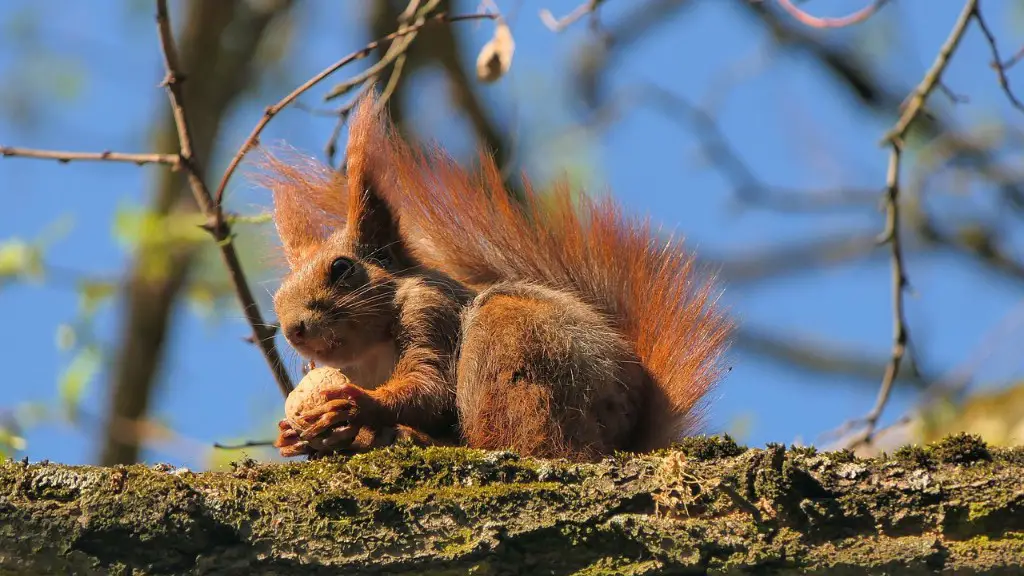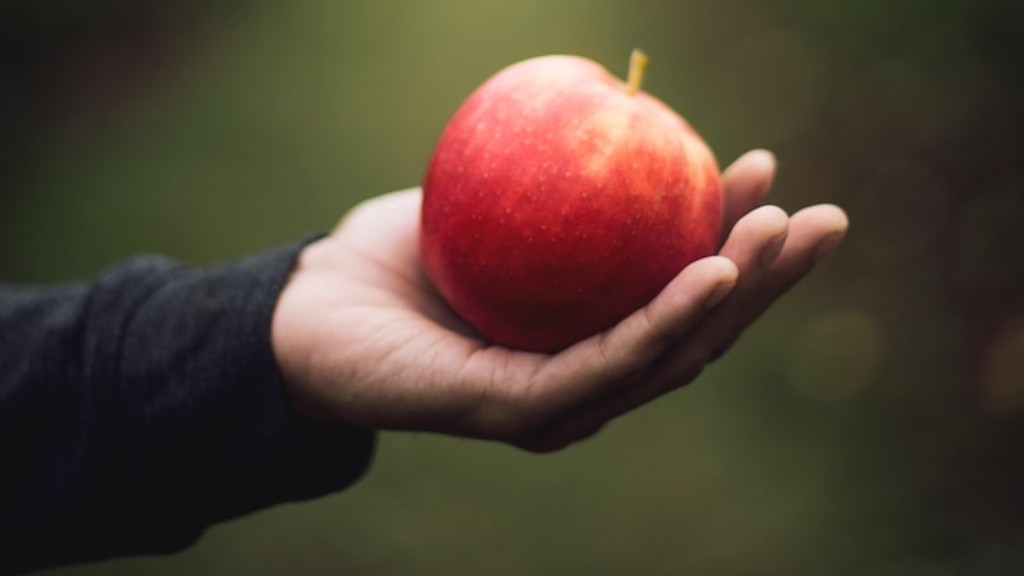If you were to ask any experienced gardener what they think of growing avocados in North Carolina, the answer would be a resounding “no”. Although it is technically possible to grow an avocado tree in North Carolina, the environment is not suitable for it to thrive. Avocado trees require more warm weather than what North Carolina typically gets, and North Carolina’s growing season is just too short for an avocado tree to get enough sunlight to grow. This makes it incredibly difficult for a North Carolina based gardener to sustain and maintain a healthy avocado tree.
With the lack of warm temperatures and increase of heavy rainfall, it would be difficult for anyone to find success in growing an avocado tree in North Carolina. Additionally, even if an avocado tree can survive the cold temperatures, the blossoms may not be capable of blooming and producing fruit. Papaya and mango trees, both of which originate from climates that are similar to that of North Carolina’s, are slightly more tolerant of the climate.
Aside from the lack of sunshine, the soil’s composition in The Tar Heel State may also be a hindrance when attempting to grow an avocado tree. Soil that is too acidic or alkaline can damage the plant, so it’s important to find soil that is well balanced in terms of both components. This is significantly easier to do in a place where the climate is well suited for an avocado tree’s growth.
However, there is hope for North Carolina residents who are determined to grow an avocado tree. In areas like the Charlotte and Piedmont regions, a gardener could have a somewhat decent chance of achieving success. With warmer winters and climates that provide the best chance for blooms for the avocado tree, any gardener in those areas are invited to give it a try.
When looking for the perfect soil mixture, it is typically recommended to find a mix that incorporates loam, perlite, vermiculite, peat moss and sand. The proportions of the seasonings are flexible and there are many brands with different mixtures to choose from. Additionally, it is recommended to grow an avocado tree in a large container due to the size of the roots and because of the potential to move the tree in and out of direct light.
It would also be beneficial for a North Carolina avocado tree grower to look into a variety of avocado trees that could thrive in the region’s climate. By picking up a hardy variety like the Costa Rica avocado tree or the Mexican avocado tree, the tree has a higher chance of surviving the tests of North Carolina’s climate. It may be wise to pick up both varieties to see which one works best.
Fertilizing Your Avocado Tree in NC
When looking to fertilize an avocado tree, the components of the fertilizer should include nitrogen, potassium and phosphorous. Each one of these components serve their own unique function in plant development. As the avocado tree grows, it is important to continue to fertilize the plant every three months for best results. However, it is equally as important to be aware of over fertilizing as well.
Nitrogen helps the soil retain water, allowing the roots of the avocado tree to be nourished with the water it needs. Potassium helps expand the root system and strengthens the tree against disease. This is especially critical for North Carolina based avocado trees, seeing as it is more susceptible to disease given its environment. Lastly, phosphorous helps promote blooms from the tree, which is going to be very difficult to achieve in the Tar Heel State. Fertilizers will be a major part of the success when growing avocado trees in NC.
Protecting Your Avocado Tree from Frost Damage
Although it is unlikely, there is always the potential for an avocado tree in North Carolina to suffer some frost damage as well. Frost damage could kill your tree if left unchecked, so it is important to be prepared and take steps to ensure your tree’s safety. Wrapping the tree with an old blanket of some sort, or perhaps a tarp, can help the tree stay at or above a certain temperature and prevent frost burn from being a potential problem.
It may also be a good idea to cover the tree at night with a sheet when there is a frost risk. This could be as easy as throwing a sheet over the tree when the temperature is forecasted to drop below a certain temperature. Doing this consistently should help ensure that the tree is protected and not in danger of frost damage. Frost burn is the main concern when attempting to grow an avocado tree in North Carolina and taking these steps can protect your avocado tree.
Prune Your Avocado Tree to Promote Growth
Trimming unwanted limbs from your avocado tree on a consistent basis is a crucial part of keeping it healthy. Pruning the tree helps promote new growth and will also help your tree look more presentable and well kept. Make sure to check for signs of disease or infestations of any kind during and after pruning and take the necessary steps to eliminate any potential problems.
Trimming the tree also helps to reduce the chance of any potential fungal problems from emerging, as the tree will have more air circulation. This is especially critical for North Carolina avocado tree growers, since the environment from the state is not friendly enough to support an avocado tree’s growth and would duplicate any of its own problems.
Protect Against Pests and Other Diseases
The last main step to take when trying to properly grow an avocado tree in North Carolina is to protect it against pests and other diseases. Firstly, it is recommended to keep an eye out for any kind of pests that may frequent the area and take the necessary defence to prevent any infestations. Apiaries are often used by North Carolina based growers when attempting to ward off pests, so that may be worth considering as well.
Secondly, any signs of disease that appear must be removed immediately. Fungal and bacterial infections are more common in North Carolina’s environment, so keeping a close eye on the tree’s leaves and bark is imperative. Removing them quickly ensures the health of the tree, which is key to its sustained success.
Provide Nutritional Value to Your Growing Avocado Tree in NC
The steps that have come before this are the important ones for growing a successful avocado tree in North Carolina, but providing the right nutrients to the tree is just as important. The tree will need to absorb plenty of iron, zinc and magnesium in order to remain healthy and promote growth. Applying iron and zinc fertilizers every month is essential to giving the tree what it needs on a consistent basis.
Magnesium can also depreciate during the winter months due to frost, so application of a liquid fertilizer to the root zone is needed. Layer the fertilizer evenly, and make sure to not over apply as well. It is key not to saturate the soil as that could make it more difficult for the tree to absorb nutrients. Doing this can ensure that your NC based avocado tree can stay healthy and productive.
Provide Adequate Water and Shade
Whilst plants tend to do most of the work themselves when it comes to absorbing water and nutrients, it is important that enough is provided to the tree. Applying water to the root system at least once every two weeks is important in maintaining its health and should prevent the tree from taking any permanent damage. Additionally, try to keep the soil slightly moist as well.
More importantly, the tree should also have access to shade. Avocado trees typically do not do well when grown in direct sunlight for extended periods of time. That combined with the added heat from North Carolina’s climate could heavily damage the tree. Planting the tree in a spot that has access to shade during the most intense parts of the day is recommended for best results.
Harvest at the Right Time
Once the tree starts to produce fruit, it can be immensely rewarding for the North Carolina avocado tree grower. The key to harvesting properly is to watch and wait for the moment that the fruit has ripened completely. Upon inspection the fruit should be dark in color and feel when lightly squeezed. Leaving the fruit on the tree until it is ready to be picked can ensure that the fruit will be in its peak state.
Also, take note of the tree when harvesting the produce. It is important to not take too many fruits off at once as it could cause damage to the tree. Monitor the tree’s behaviour and see how it is responding to the consistent harvesting of the fruit. Adapt to the different reactions and quality of available fruits in order to ensure future success when growing an avocado tree in North Carolina.


